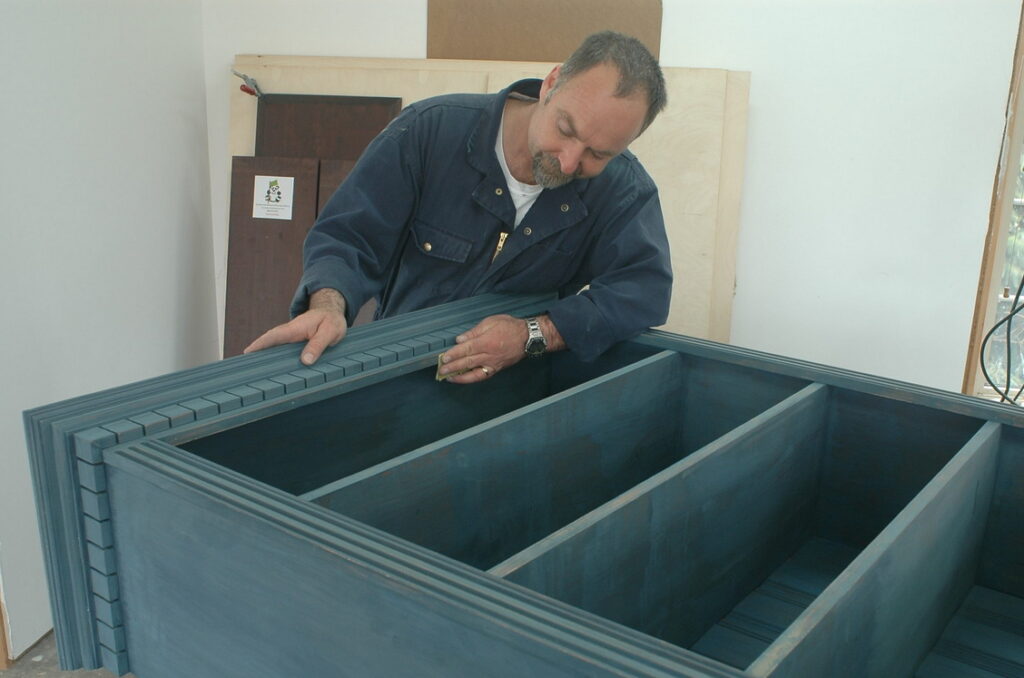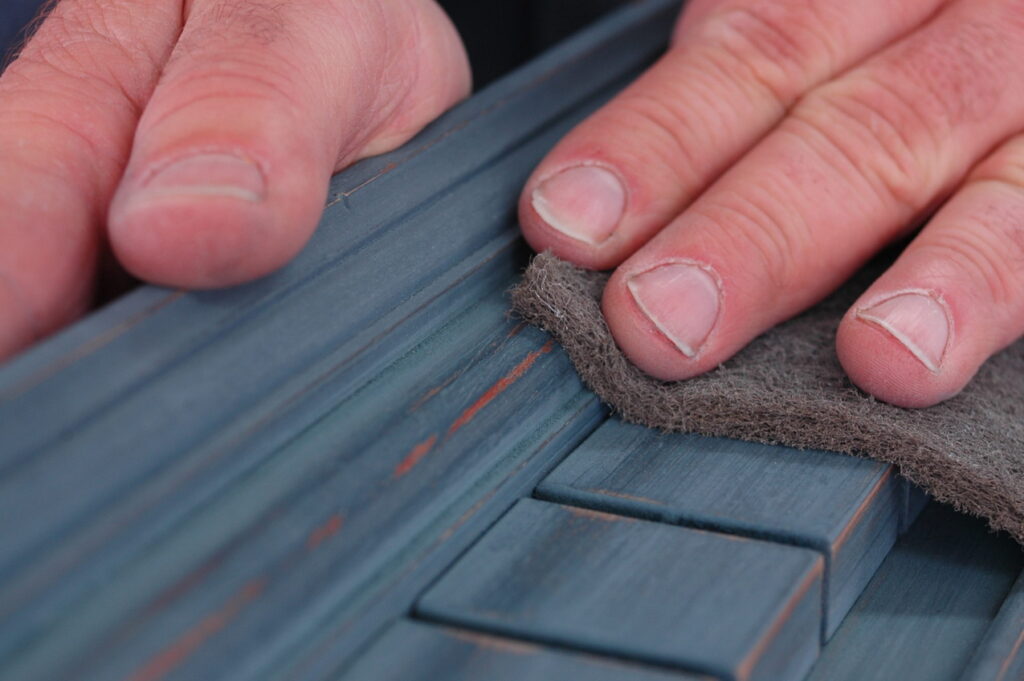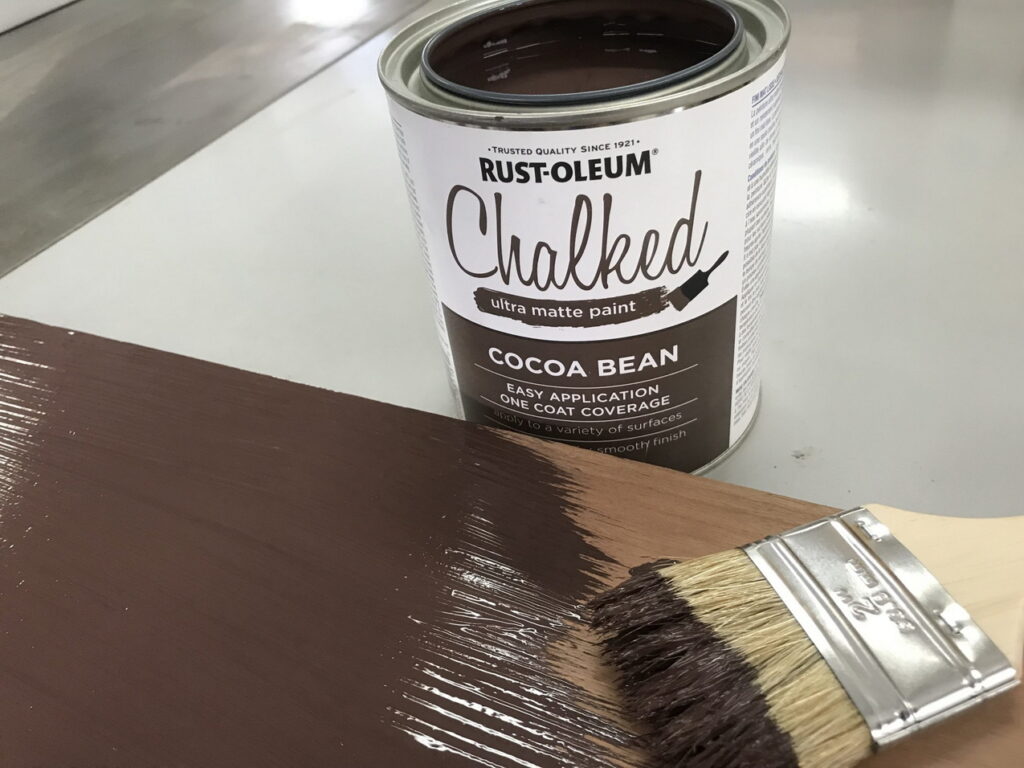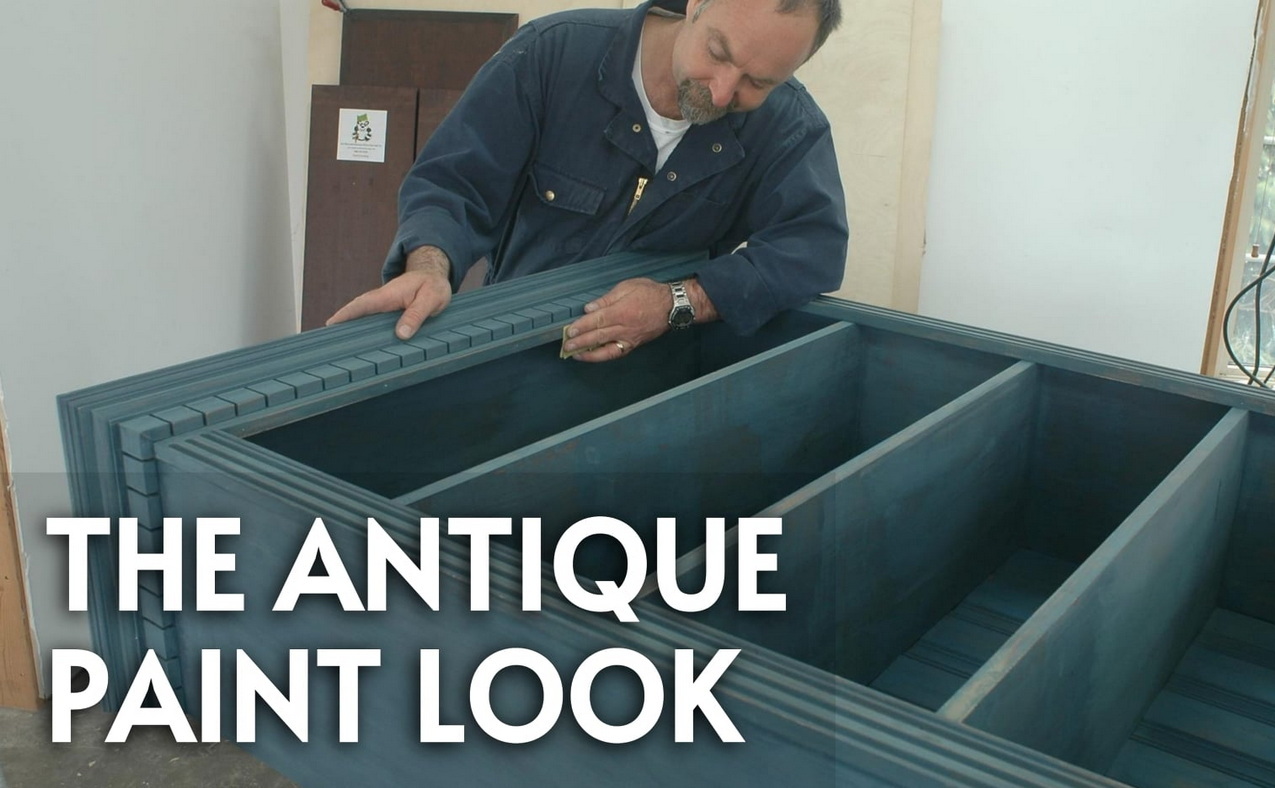Milk paint and its close cousin, chalked paint, are easy to like. They’re both safe, fast-drying and, when used in a particular way, they deliver a kind of vintage beauty that only gets better with the bumps and dings imparted by everyday life.
It’s this classic, old-time beauty that really makes milk paint and chalked paint worthwhile.
Milk paint has been around a lot longer than chalked paint, and I first experienced authentic milk paint in 1988. I was working as a cabinetmaker in a shop where we built traditional kitchen cabinets from solid wood.
What struck me at the time was not just the look of antiquity created by milk paint (there really is nothing like the effect that it and chalked paint create), but also what you could do to make this finish look old and wise by distressing it. I’ve been a fan ever since.

As you’d guess from the name, milk paint is based on milk proteins, enhanced with natural pigments, lime and clay. It comes as a powder that you mix with water, then brush on.
Milk paint can be applied to clean, bare wood, though you can also brush it on over an existing urethane finish if you use a bonding agent mixed with the paint. I’ve applied milk paint to furniture that had been lightly oiled in the past and it worked fine, too.
Chalked paint offers the same benefits, but my favourite kind of chalked paint comes pre-mixed and ready to use. I prefer chalked paint.
One way to use milk paint/chalked paint begins by staining your wood to simulate that antique, golden patina imparted by age. Any medium brown stain will do. Let this stain dry for a couple of days, then mix up a batch of milk paint with water.
You need to know right up front that thorough mixing takes some effort. I’ve tried mixing by hand with a stick, but it leaves lumps. The instructions recommend a blender, but I’ve had good luck using a large spade bit in a cordless drill as a kind of workshop eggbeater. The best part of using a spade bit is that I don’t have to sneak the blender out of the house past my wife’s vigilant eye.
Brush on the paint and let it dry on top of the stained wood. I applied one coat of Liberty Blue to the bookcase you see here, but two coats may be necessary in other cases.
As with any finish, milk paint makes the wood a bit rougher as surface fibres swell, stand upright and harden that way. Let the milk paint dry for a full day, then grab a piece of 220-grit sandpaper and lightly rub the surface to knock down the raised grain. As you work, it’s time to apply some artistry, too.

If you’re looking to create a distressed finish, sand slightly more vigorously on areas that you’d expect to be worn by age, working right through the milk paint, though not through the stain you applied initially.
Go easy at first. Take just a little paint off here and there, then stand back and look at the whole piece of furniture. Add more wear marks until the whole project sports the degree of antiquity that suits your taste. I find a fine 3M rubbing pad works best for a final rub down.
You can try distressing any kind of paint, but most resist the abrasion too well for best results. Milk/chalked paint sands willingly, and that’s why I like it best for distressing.
When you’re satisfied with the look, vacuum off all dust, then seal the wood surface. I’ve used both water-based and oil-based urethanes for this job in the past, but there are better options.
One of my favorites is Minwax Wipe-On Poly. Apply one coat with a rag (a brush is a big help getting the product into corners) and give it a day to dry. A final rubdown with the 3M pad creates a silky smooth surface.
I used to buy my milk paint from a place called Homestead House Paint Company. Their products are good, but I’ve found something better. Rust-Oleum Chalked Paint comes premixed and ready to use, it’s more widely available and it’s easier to succeed with because there’s no chance of lumps of uneven mixing.



